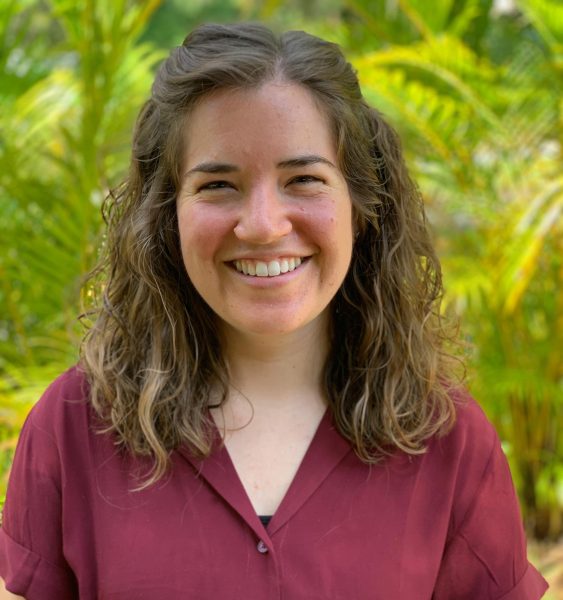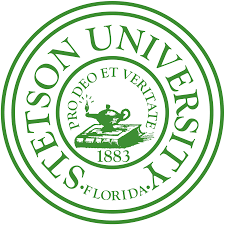Stetson Secret: The Food Pantry
March 13, 2019
This piece was originally published in the December 2018 issue of The Reporter.
It’s white. Shelves lining the walls are filled with non-perishable canned food and snacks with boxes and bags for travel. It’s the size of two dorm closets pushed together, and it’s used by more students than we think.
Stetson’s Food Pantry, known as the Hatter Pantry, is open to anyone who needs it, according to Administrative Specialist, Nicole Currie, the Pantry’s founder. It began in 2013 when Ms. Currie was running the front desk of the counseling center. She had noticed that “students were mentioning that they hadn’t eaten in days, leading [her] to question why this was.”
She learned that the causes were twofold: students either lacked a meal plan or had no money for food. Ms. Currie and her coworkers began bringing in small items to fill up the pantry. Later, she spread the word out to other faculty and staff on campus. Since then, the pantry has slowly grown from students using it five times in 2013 to at least 57 times since September 2018.
“It’s completely confidential, but the first time [a student] come[s] in, they fill out an assessment; it’s the demographics of a student that lets me know what type of student is needing the pantry,” Ms. Currie said. “[I became aware that] it is every type of student on our campus that is in need. When I first started doing the research on what the needs would be, I found out through asking around that when a student’s family is having difficulties, the first thing they do is drop the meal plan so that the student can continue to come.”
This year, when the Hatter Pantry moved into its current location in Griffith Hall, it received more closet space as well as shelves inside the pantry built by an organization called People Helping People. In addition, faculty members can now donate through their paycheck to the pantry–either a single donation, once a month, or every two weeks. With help from her coworkers, Ms. Currie was also able to buy can openers and bento boxes so students “can take them to keep the food stored in their room,” a freezer, fridge, microwave, or tote bags. When she receives food, she goes through all of it and makes sure nothing is “out of date or is no [longer] good.”
Along with aid from faculty and local nonprofits, students are also able to donate to the Hatter Pantry. When students leave during breaks to go home, if they don’t want to take their remaining food with them, Ms. Currie and helpers place bins outside of housing for the food to be donated to the pantry rather than being thrown away.
“Absolutely anybody [can use the Hatter Pantry],” Ms. Currie said. “Some people thought it would be taken advantage of, but it’s really humbling to ask for food, it’s very embarrassing. It’s not like we’re giving out steaks or some fancy food, it’s the essentials. It takes a lot for someone to come ask for food, so no one’s going to take advantage of this. I’ve noticed some students will only come once, and some students have been here two or three times. No one’s taken a lot or taken advantage of the program.”
Ms. Currie is still trying to figure out the best way to let students know about the Hatter Pantry. She plans to ask professors put it on their syllabi to let them and their students be aware of it, while also reminding faculty twice a year of the pantry’s existence; that way, those who are new on Stetson’s campus are aware of the program. In conjunction with this, The Commons has begun to work with the Pantry. Students are now able to donate either their Hatterbucks or eight dollars so Ms. Currie and her coworkers can provide a meal card to give to a student in need.


















